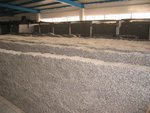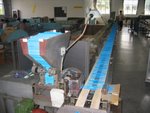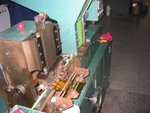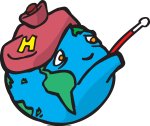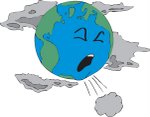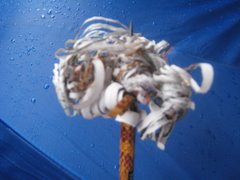

The latest O'BON news, issues and concerns are posted here. We also are developing resources for teachers, parents and students to learn more about our earth, environment and recycling.



 O'BON will be introducing a whole new line of office stationery. These will include memo pads, notebooks, file folders, spiral notebooks (3 sizes) and 3 ring binders. All will be made from recycled paper, recycled newspaper, water-based glue and vegetable ink. Oh, and are they beautiful as we continue to follow our slogan, "Something Different."
O'BON will be introducing a whole new line of office stationery. These will include memo pads, notebooks, file folders, spiral notebooks (3 sizes) and 3 ring binders. All will be made from recycled paper, recycled newspaper, water-based glue and vegetable ink. Oh, and are they beautiful as we continue to follow our slogan, "Something Different."

 so few people actually know there is such a thing as a recycled pencil. And the big pencil gaints spend a lot of money trying to convince us that wood pencils are ok as they come from sustainable forests. Well, excuse me - we beg to differ. Sustainable forests have extremely limited diversity. How many cute tree frogs live in a sustainable forest?
so few people actually know there is such a thing as a recycled pencil. And the big pencil gaints spend a lot of money trying to convince us that wood pencils are ok as they come from sustainable forests. Well, excuse me - we beg to differ. Sustainable forests have extremely limited diversity. How many cute tree frogs live in a sustainable forest?











